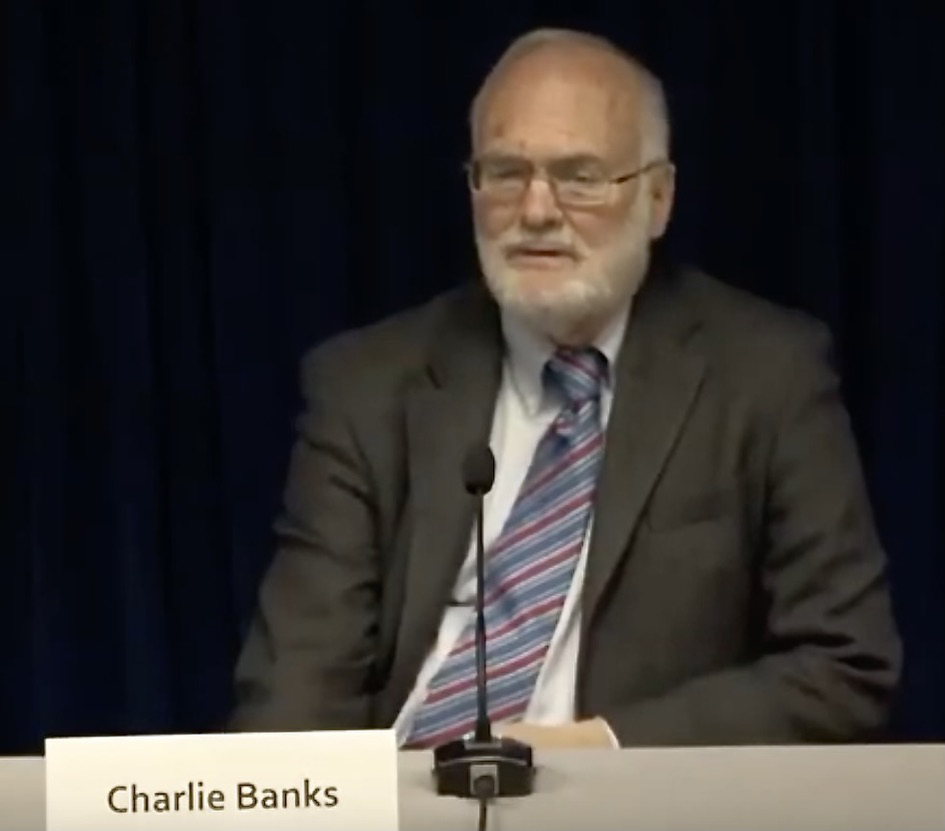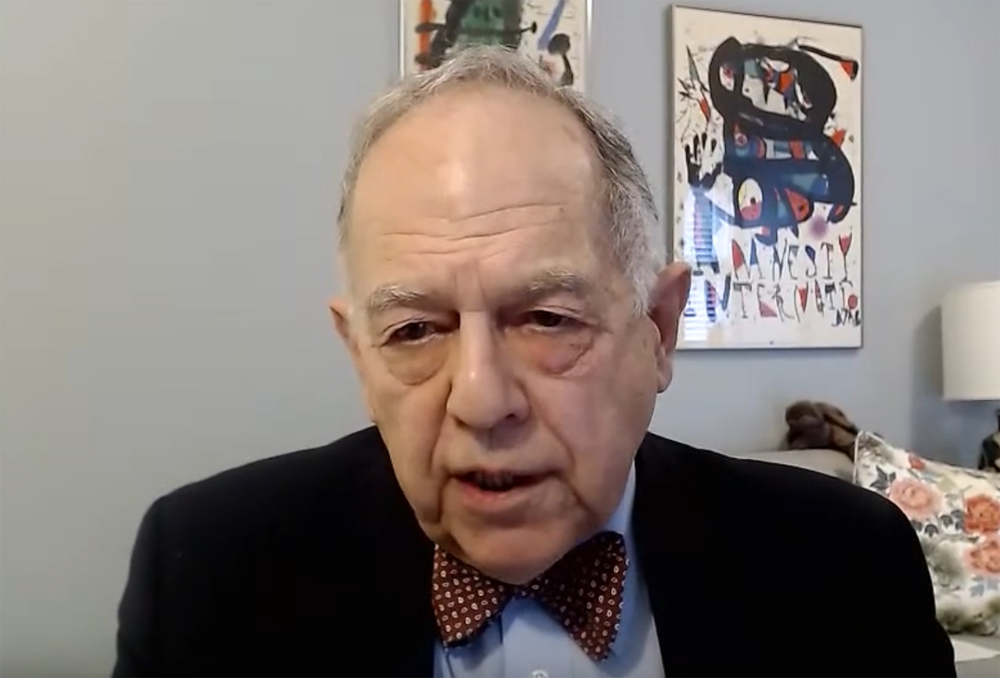
WASHINGTON — Monday’s first day of a Surface Transportation Board hearing on Amtrak’s request to initiate service between New Orleans and Mobile, Ala., moved so slowly that some attorneys speculated that the four days this week allotted for the hearing may not be enough.
In almost eight hours, the hearing barely progressed past opening statements by lawyers representing the four parties to the case: CSX Transportation, Norfolk Southern, the Alabama State Port Authority, and Amtrak. Only the first of 12 scheduled witnesses offered testimony; Amtrak cross examination of that witness, consultant Charles Banks, called by CSX, had concluded, but STB chairman Martin Oberman indicated he would have additional questions for Banks on Tuesday.
“It’s precedent-setting, and we want to do it right,” Oberman said.
What does the law say?
Questioning by Oberman and other STB members after each opening statement hinted the board is concerned it might be entering uncharted territory if it concludes there there is possible compromise between the parties’ stated positions.
CSX argued that Amtrak, in bringing the case, was demanding immediate access for its two daily round trips without any infrastructure improvements. But Amtrak’s position is that the railroad’s demand for up to $440 million before any passenger train can access the line is clearly not what Congress had in mind when it passed U.S. Code 24308(e). That provision, regarding “Use of facilities and providing services to Amtrak,” is the regulation under which Amtrak filed its case, which holds the board has a duty to adjudicate when “a carrier does not…allow Amtrak to provide for the operation of additional trains over a rail line.”
Norfolk Southern attorney Bill Mullins said that the case should have been brought under a separate provision of the law, 24308(a), in which the STB would “prescribe reasonable terms and compensation for using the facilities and providing the services.” “The right thing to do, Mullins said, “is to grant access with infrastructure improvements.”
More than one board member noted, however, that the railroads never made that argument in a motion to dismiss Amtrak’s case, and that was not what the STB is being asked to decide. The exact language of the two sections is available here.
Staking out positions
Amtrak attorney Jessie Amunson argued that the Rail Traffic Controller modeling cited by CSX and NS — the heart of the host railroads’ argument that Amtrak operations will “unreasonably impair” freight service — is designed to “not alter a single thing” in the way they operate, and that the statute’s determination of impairment is based on current conditions, not the model’s projection to traffic in 2039.

In response to a question by Oberman, Amunson clarified, “CSX and NS have attempted to paint a picture that Amtrak will never spend a dime on infrastructure; that’s just not true. What Amtrak wants is to start service and have infrastructure investments informed by the actual experience of operating on the line, rather than facing a demand that it build $440 million of infrastructure before it can run a single train.”
Although CSX presentedBanks as an expert witness brought in “to audit a draft of RTC modeling” that had been previously run by consultant HNTB, he indicated under questioning by Amtrak and several board members that the model’s inputs were the product of decisions made by a “clean team” of CSX officials and outside consultants.
Under cross-examination by Amtrak and STB officials, Banks said the model’s 95% on-time performance standard for Amtrak trains came from the team’s “collective judgment.” As the session concluded, Banks admitted that he did not look at route or region specifics when estimating that freight traffic would grow 1.5 % per year for 20 years. Oberman noted that would work out to 30% growth by 2039.
Day Two of the hearing is set for Tuesday at 9:30 a.m. A recording of Monday’s session, as well as Tuesday’s live stream, is available on the STB YouTube channel.














Classic case of government overreach. Unless it relates to safety (An FRA matter), the government’s nose has no business in this tent.